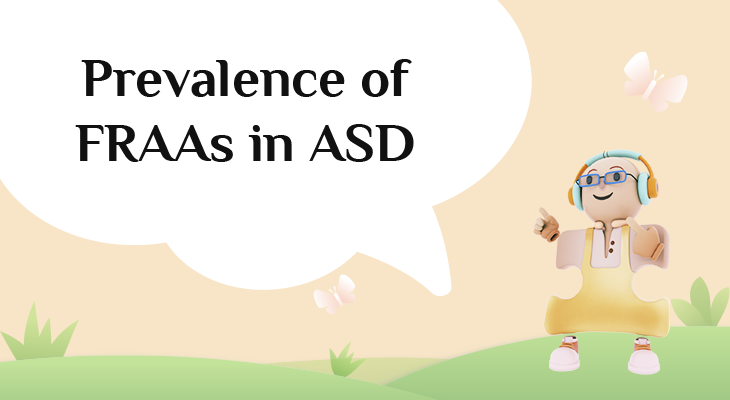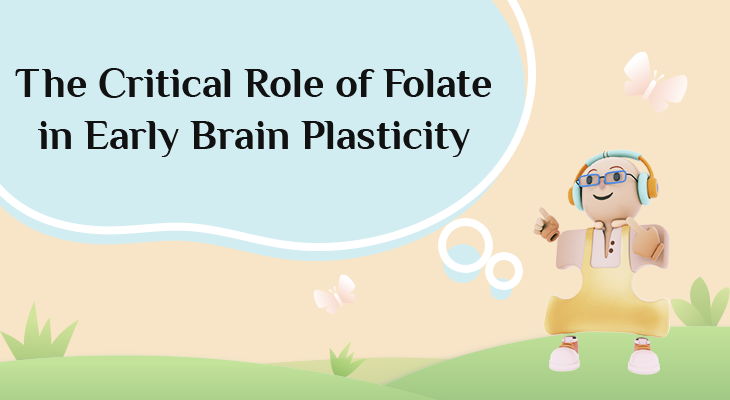
Introduction
Early diagnosis, early intervention, optimal outcomes. This phrase seems to be relatively self-explanatory, but what does it mean in the context of autism?
An early diagnosis of autism offers several important benefits for both the child and their family:
- Early Intervention: Early diagnosis allows for timely access to specialized interventions such as speech therapy, occupational therapy, and behavioral therapies like Applied Behavior Analysis (ABA). These therapies can significantly improve communication, social skills, and adaptive behaviors, especially when started at a young age.
- Improved Outcomes: Research shows that children who receive early intervention often achieve better long-term outcomes in terms of language development, cognitive skills, and social interactions. The brain is more adaptable in early childhood, making it a critical window for development.
- Tailored Educational Support: Early diagnosis allows for appropriate educational planning. Schools can offer individualized education plans (IEPs) or 504 plans that provide the necessary accommodations and support tailored to the child’s needs, improving their learning experience.
- Behavioral Understanding: Parents and caregivers can better understand the child’s behaviors and needs, reducing confusion or frustration. It helps families develop effective communication strategies and responses to challenges that arise from sensory sensitivities or social difficulties.
- Parental Support and Resources: An early diagnosis can provide families with access to support groups, resources, and counseling. Parents can connect with other families facing similar challenges, which can help reduce feelings of isolation and stress.
- Planning for the Future: With an early diagnosis, families can plan more effectively for the child’s future, including long-term support and resources. They can also work on building a stronger support network over time.
In essence, an early diagnosis empowers parents to take proactive steps in fostering their child’s development and ensuring they receive the appropriate support early on.
One other interesting aspect related to early diagnosis implicates the brain and its plasticity. In this instance, early diagnosis, with early intervention leading to optimal outcomes does have significant merit.
The brain’s plasticity (its ability to adapt, change, and reorganize) is highest during early childhood, making the early years critical for development. A breakdown of the key stages and how plastic the brain is at each stage is as follows:
- Early Childhood (0-5 years):
- Peak of Plasticity: During this period, the brain is at its most adaptable. It forms new connections at a rapid rate, with millions of neural connections being made every second.
- Language and Social Development: This is a critical time for language acquisition, sensory experiences, motor skills, and emotional development. The foundation for cognitive and social skills is laid during these early years.
- Critical Periods: These are specific windows when certain skills (e.g., vision, language) are most easily acquired. If a child doesn’t get proper stimulation during these times, it may be harder to develop those skills later.
- Childhood (5-12 years):
- Continued Learning and Adaptation: The brain is still very flexible, but plasticity begins to decline compared to early childhood. However, it’s still a period of rapid cognitive development, particularly for complex skills like problem-solving, literacy, and numeracy.
- Executive Function: This is when the prefrontal cortex (responsible for planning, attention, and impulse control) starts developing more fully. Children’s ability to regulate emotions and behavior improves.
- Adolescence (12-25 years):
- Adolescence Brain Development: The brain undergoes significant reorganization during puberty, particularly in the prefrontal cortex and limbic system, which are responsible for decision-making, impulse control, and emotions.
- Synaptic Pruning: The brain begins to “prune” away unused neural connections, strengthening the most frequently used pathways. This process helps make the brain more efficient but reduces its flexibility over time.
- Risk-taking and Emotion: Because the emotional parts of the brain (limbic system) develop faster than the rational parts (prefrontal cortex), teenagers are often more impulsive and emotional. However, this is also a prime time for learning new skills and adapting to new experiences.
- Early Adulthood (25-40 years):
- Plasticity Decreases, But Learning Continues: While brain plasticity declines, the brain remains capable of change and adaptation. People can still learn new skills, but it takes more effort compared to childhood.
- Stable Patterns: By the mid-20s, many of the brain’s patterns (e.g., habits, emotional responses) are more fixed, although they can still be altered with effort and experience.
- Older Adulthood (40+ years):
- Plasticity Persists but Slows: While older brains are less plastic, they can still form new connections, particularly in response to learning and new experiences. However, cognitive decline can start becoming noticeable due to factors like aging and reduced neurogenesis (the creation of new neurons).
- Compensation Through Experience: Even as plasticity decreases, older adults often compensate through experience, wisdom, and existing neural networks that have been strengthened over the years.
Key Points on Critical Ages:
- 0-3 years: Critical for sensory, motor, and language development. The brain is highly sensitive to environmental influences.
- 3-5 years: Important for foundational social, emotional, and language skills.
- 6-12 years: Critical for academic learning, social skills, and executive function.
- 12-25 years: Important for identity formation, emotional regulation, and higher-order thinking.
The brain is the most plastic during the first few years of life, when early experiences have a profound impact. However, plasticity persists into adulthood, with adolescence being another crucial period for brain reorganization and development.
With this in mind, early diagnosis of autism would certainly benefit the individual as the brain remains most plastic during the early years of life.



